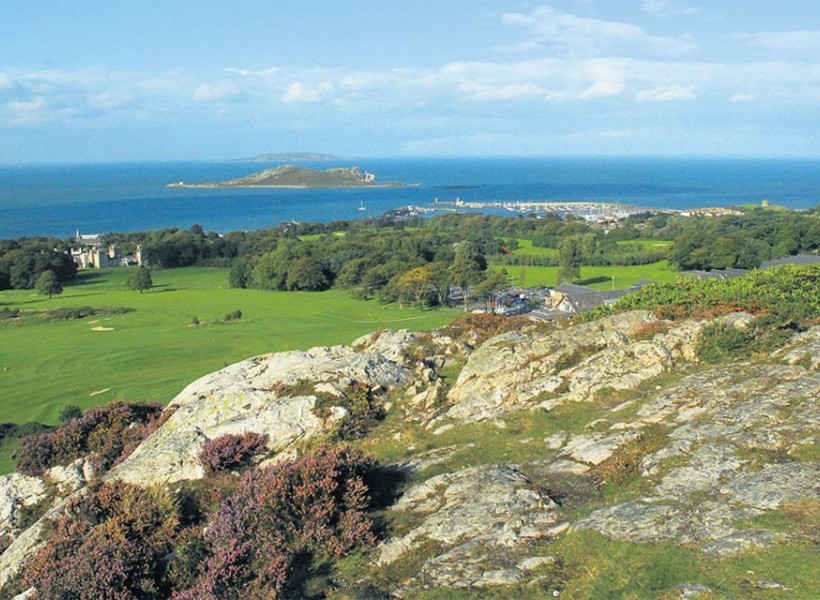The Howth Estate
Howth Castle has never been an isolated feature on the Howth Peninsula but always part of a wider estate. As members of the landed gentry class, the Earls of Howth controlled a large estate on which there lived a number of tenants. At its height, the Howth Estate covered about 15,000 acres. This estate stretched from Howth to Killester and partially through North County Dublin and Meath. As with all landed estates, the castle is no longer attached to this large estate and there are certainly no more tenants generating a large rental income!
Today, the castle is surrounded by 472 acres of estate land. Technically, all that is left is part of the demesne land surrounding the castle, but it is still referred to as the Howth Estate. The demesne would have been largely private and contained a large number of formal gardens, ornate walks and other commercial activities such as farms and nurseries. In the 20th century, many of these gardens and walks were lost in favour of the Deer Park Hotel and Golf Courses but some do remain. See some more information below about features of the estate that can be seen today.


